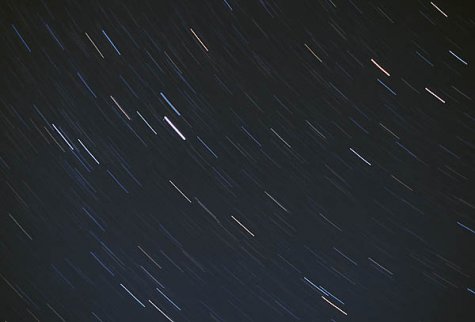The Perseids nights have arrived
Photo Kalle Rahu
Translation Liis
Starry sky
When darkness falls, look for the North Star and explore the sky. The first Perseids may seem like cursory flashes but the eyes soon become accommodated.
The meteor shower of the Perseids has its name from the Perseus star constellation. The origin of the stream of meteors is the Swift-Tuttle comet leaving a long cloud of cosmic matter behind it. The meteors, called ”falling stars”, are actually flying rocks moving at a speed of up to 60 kilometres per second and igniting when they come into the Earth’s atmosphere.
The beautiful weather favours sky-watching, and the receding moon does not interfere with too much light (the light pollution of cities does interfere however). The darkest period will be during the waxing of the moon – August 15th.
Where to search for the Perseids in the sky? Stand looking towards north and east, about 35 degrees to the east from true north, and look about 30-40 degrees above the horizon line. The so-called starfall is at its most spectacular on August 12th every year but also a few days before and after that (on the night of August 10th the Perseids were already noticeable).
Bring along good friends and starfall wishes into the summer night.









